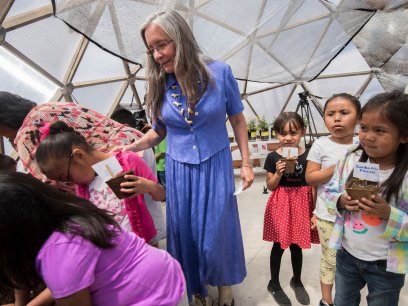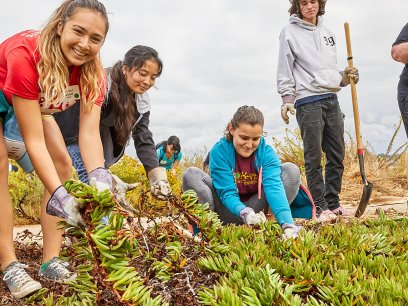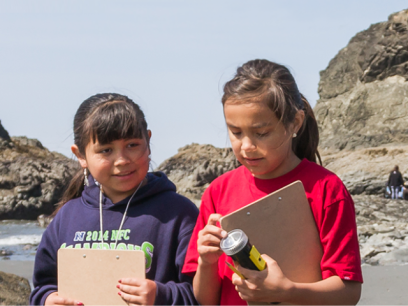
Did you know that animal pollinators play a critical role in the reproduction of 90% of flowering plants and one-third of all crops grown for food? It’s time to celebrate these little miracle workers during National Pollinator Week (June 17-23).
Since its debut in 2007, National Pollinator Week has grown into an international celebration of the valuable “ecosystem services” provided by ants, beetles, bees, birds, and butterflies. This annual event offers the perfect opportunity to weave a lesson on pollinators into your science curriculum.
If your students aren’t exactly sure what a pollinator does, give them this quick job description: pollinators help plants reproduce by moving pollen within a flower or between flowers, resulting in healthy fruits and fertile seeds.
Next, you can start with a tasty introduction into the important work of pollinators by doling out blueberries and strawberries for your students to enjoy. Explain how these fruits are just some of the many foods grown in the country that rely on bees for pollination. Among other benefits, a healthy pollinator population leads to larger fruit and a better-quality yield from plants.
Sadly, many pollinator populations are declining, partly because many pollinators are “homeless,” losing their habitat for feeding and nesting. Other culprits in the decline? Pesticides, disease, and climate change.
Now for the good news: Your students can learn more about the important work pollinators do with NEEF’s free Pollinator Activity Guide. This hands-on lesson gets kids out of the classroom and into nature with the help of a garden or patch of flowers.
First, students learn about pollinators—what they are, what they do, and why they’re important. Next, they dig into science with an up-close look at flowers. They move beyond the worksheet-task of identifying and labeling parts of a flower to actually seeing, smelling, and touching the parts of a flower. Hands-on learning at its best! Ask them to put on their detective hats as they observe what pollinators (such as ants or beetles) they see busy at work. You can extend the lesson by tracking which types of pollinators (and how many) visit at different times of the day over the course of a week. Finally, students can build a hummingbird feeder to attract these winged pollinators. (Bonus: this provides a built-in opportunity to talk about repurposing a plastic soda bottle—something that would normally end up in the trash or recycling bin.)
Want to dig deeper? Talk with students about what else they can do to help protect pollinators. For example, they can create a pollinator-friendly habitat by creating a small garden with native plants that will attract local pollinators. (Find which local plants you should choose in your habitat.) Not much space to work with? Even a container garden will do the trick!


